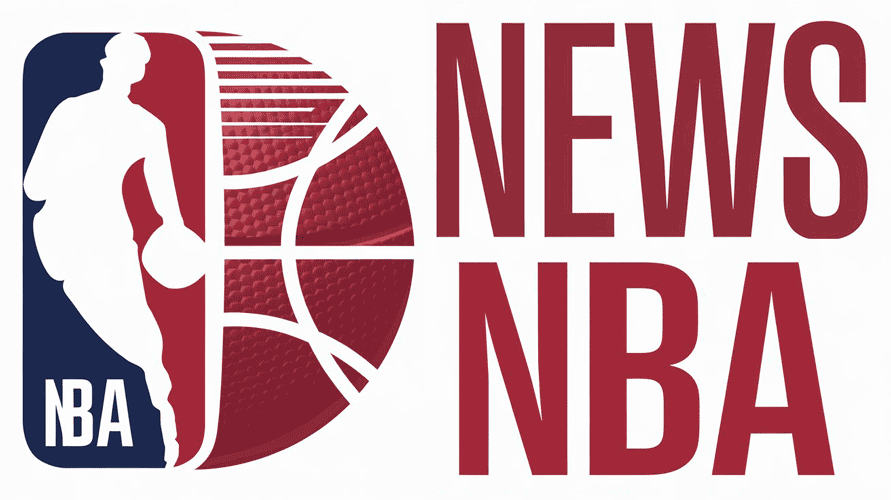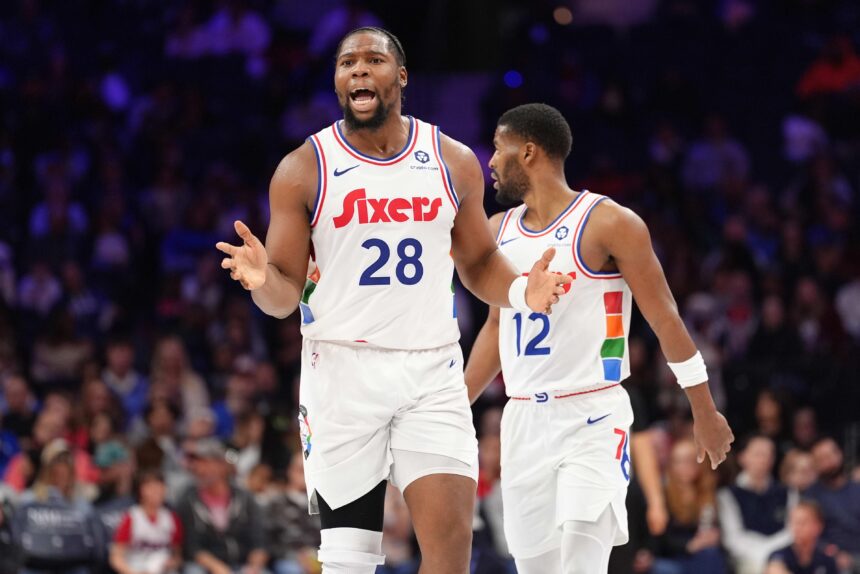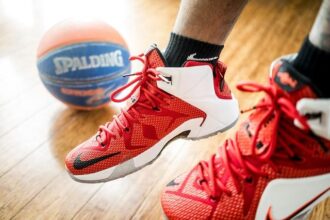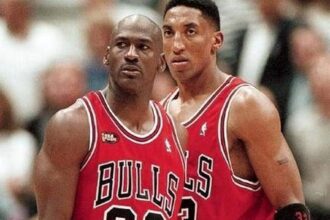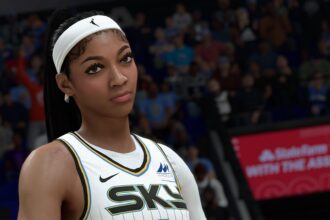Philadelphia 76ers forward Paul George has undergone knee surgery, the team confirmed Wednesday. The procedure, aimed at addressing ongoing issues that have affected George’s performance this season, marks a significant development for the franchise as they navigate a crucial stretch of the NBA schedule. The 76ers have not yet announced a timetable for his return, leaving fans and analysts closely monitoring updates on the star player’s recovery and the impact on the team’s playoff aspirations.
Paul George Faces Recovery Challenges Following Knee Surgery
Paul George’s recent knee surgery has placed him on a demanding road to recovery, presenting multiple hurdles that could impact his return timeline. Medical sources indicate that the procedure, while successful, involves delicate reconstruction that requires extensive rehabilitation. The recovery process is expected to focus on regaining full joint stability, muscle strength, and flexibility-all critical for a player of George’s caliber to perform at peak levels. Team physicians have underscored that patience and cautious progression during rehab are vital to reduce the risk of re-injury.
Key challenges highlighted in George’s recuperation plan include:
- Preventing postoperative swelling and inflammation through controlled physical therapy
- Restoring quadriceps and hamstring strength to support knee function
- Gradual reintroduction to basketball-specific drills to assess readiness
- Mental resilience, given the psychological toll of long-term rehabilitation
| Recovery Phase | Duration | Goals |
|---|---|---|
| Initial Healing | 0-4 weeks | Reduce pain and swelling, protect surgical site |
| Strength & Mobility | 4-12 weeks | Rebuild muscle strength, improve range of motion |
| Sport-Specific Training | 3-6 months | Simulate basketball movements, agility drills |
| Full Return | 6+ months | Resume competitive play with monitored performance |
Impact of Injury on 76ers Season and Team Dynamics
The 76ers face a significant challenge as they navigate the remainder of the season without Paul George. His absence not only impacts the team’s offensive firepower but also throws off established rotations and strategic planning. The players and coaching staff must now adjust quickly to fill the void left by George’s dynamic scoring and defensive presence. This sudden shift has prompted emerging talents to step up while forcing veterans to recalibrate their roles on both ends of the floor.
Key adjustments include:
- Increased responsibilities for James Harden in playmaking and scoring
- Heavy minutes expected from bench players like Tyrese Maxey and DeAndre Jordan
- Modification of defensive schemes to compensate for George’s perimeter defense
- Greater emphasis on team ball movement and collective rebounding efforts
| Player | Previous Avg Minutes | New Expected Minutes | Role Adjustment |
|---|---|---|---|
| James Harden | 34 | 38 | Primary playmaker & scorer |
| Tyrese Maxey | 22 | 30 | Increased scoring role |
| DeAndre Jordan | 14 | 20 | Stronger defensive anchor |
| Paul George | 36 | N/A | Out (knee surgery recovery) |
Beyond the numbers and on-court adaptations, the injury also tests the 76ers’ locker room dynamics. Leadership within the team has become more critical than ever, with key veterans tasked to maintain morale and cohesion during this uncertain stretch. The coaching staff’s ability to foster a resilient mindset will be pivotal as the team pursues playoff positioning without their star forward. Ultimately, how the 76ers manage this adversity could define their character and potential success this season.
Expert Recommendations for Player Rehabilitation and Return to Play
Medical professionals emphasize a tailored, phased approach for optimal recovery following knee surgery. Central to this protocol is early controlled movement combined with inflammation management to preserve joint mobility and reduce stiffness. Incorporating physical therapy exercises that focus on strengthening the surrounding musculature, particularly the quadriceps and hamstrings, helps restore stability and enhances functional capacity. Experts also stress the importance of regular biomechanical assessments to adjust rehab timelines, ensuring the athlete progressively rebuilds strength without risking reinjury.
When approaching the return to competitive play, specialists recommend a multidisciplinary strategy that aligns physical readiness with psychological resilience. Key components include:
- Gradual load increase – systematically escalating training intensity to mirror game conditions.
- Neuromuscular training – to improve coordination and reaction times critical for on-court performance.
- Sport-specific drills – to address movement patterns unique to basketball.
- Mental conditioning – to rebuild confidence and reduce fear of re-injury.
| Rehabilitation Phase | Duration | Focus Area |
|---|---|---|
| Acute Recovery | 0-2 Weeks | Inflammation control, joint protection |
| Strength Building | 3-8 Weeks | Muscle activation, stability enhancement |
| Functional Training | 9-16 Weeks | Dynamic movement, sport-specific drills |
| Return to Play | 17+ Weeks | Full participation, performance optimization |
Key Takeaways
As Paul George begins his recovery from knee surgery, the Philadelphia 76ers and their fans await updates on his progress with cautious optimism. The star forward’s health will be a critical factor in the team’s pursuit of success this season. Sports Illustrated will continue to monitor the situation closely, providing the latest developments on George’s rehabilitation and the impact on the 76ers’ campaign.
